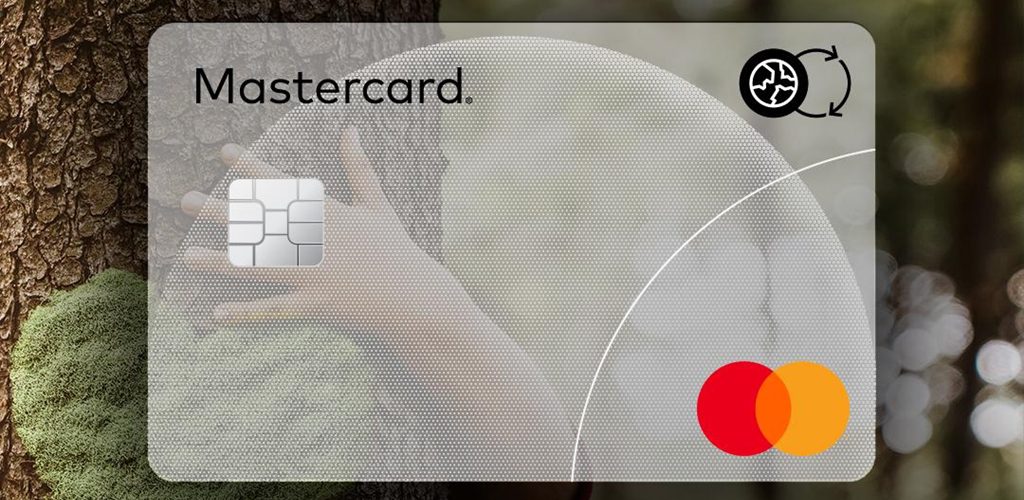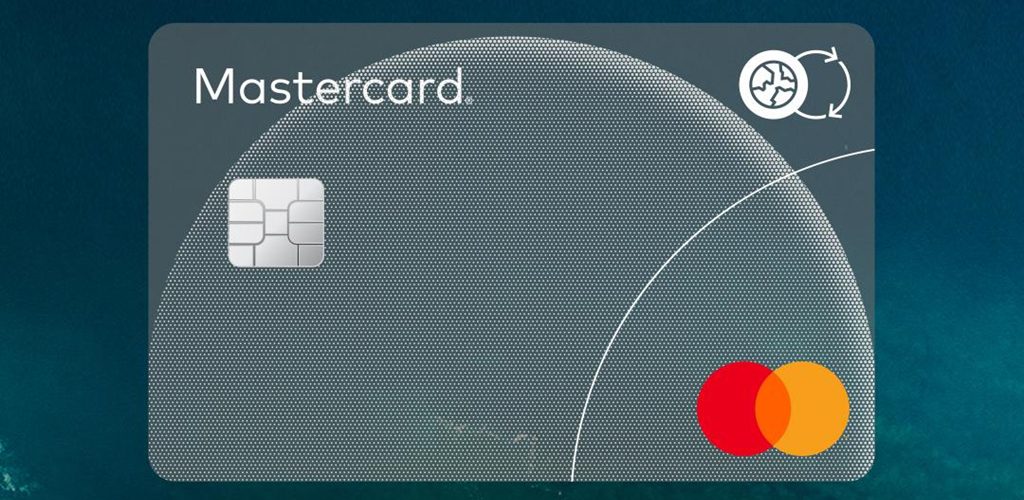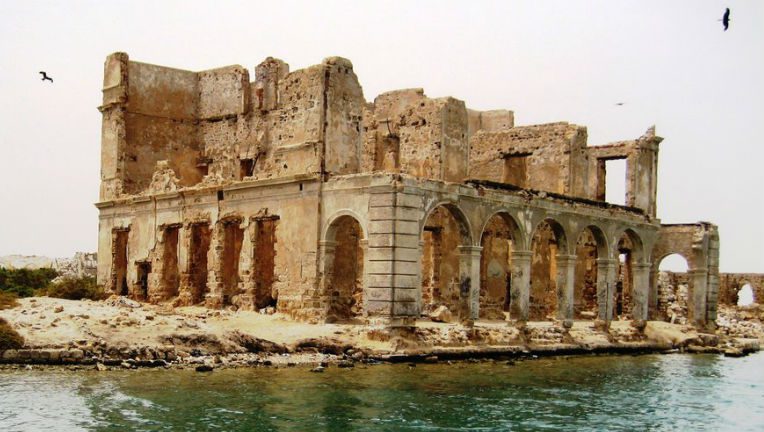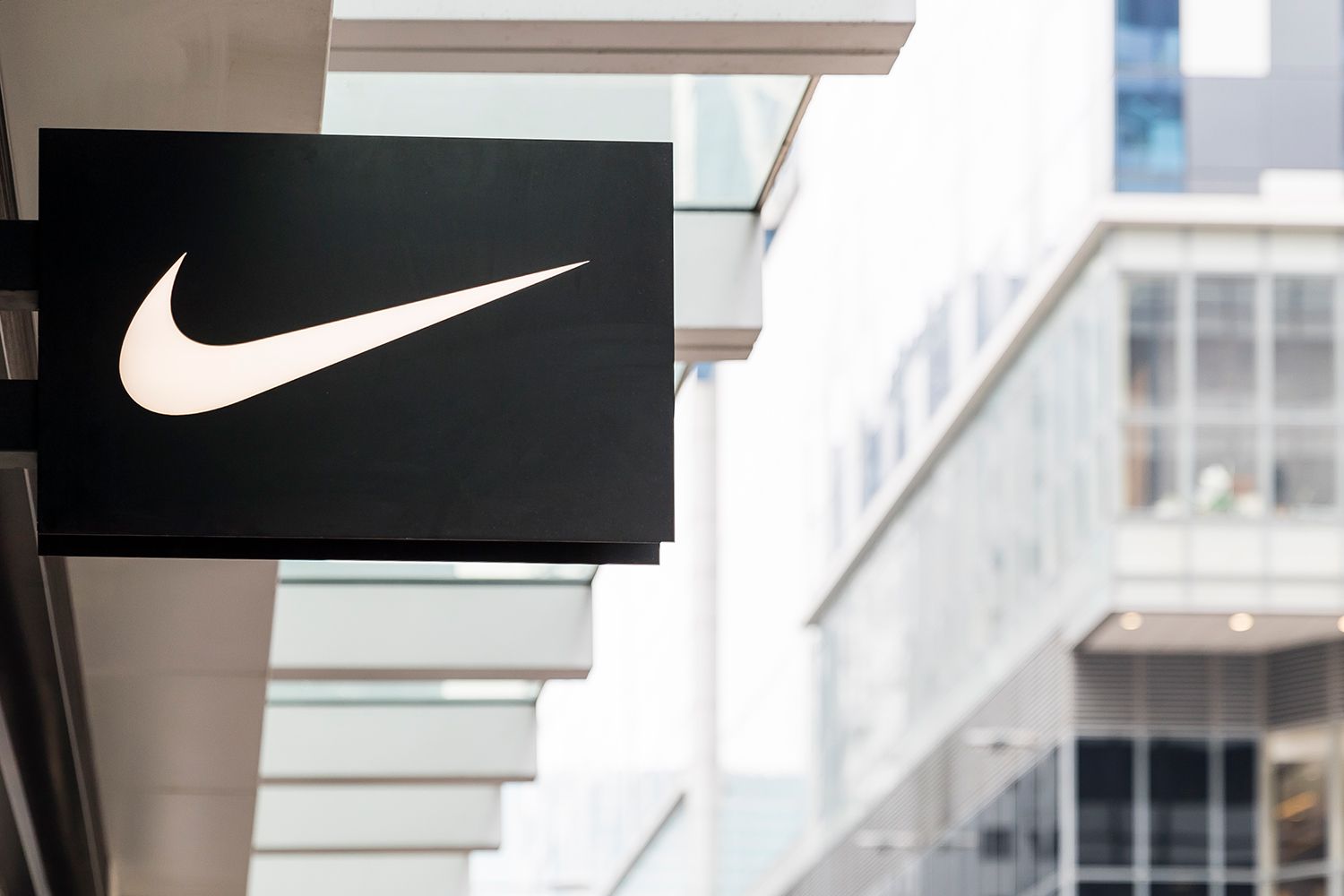 According to a recent Mastercard study, 58% of consumers are more mindful of their impact on the environment, with 85% willing to take personal action this year.
According to a recent Mastercard study, 58% of consumers are more mindful of their impact on the environment, with 85% willing to take personal action this year.
Today, Mastercard makes this promise easier to realize with a new badge to identify cards made more sustainably from recyclable, recycled, bio-sourced, chlorine-free, degradable or ocean plastics. Easy to spot on the card, the badge is a simple reminder of the commitments made to address sustainability concerns.
“People want brands to behave in more sustainable and eco-friendly ways. But, making it happen across extended supply chains with multiple partners can be trickier than setting a goal,” says Ajay Bhalla, president of Cyber & Intelligence, Mastercard. “With this sustainable badge, certification and recycling program, we have a real chance to address each of these issues and bring trust to sustainable choice as we collectively move towards a more circular economy.”
The Mastercard Sustainable Materials Directory, established last year, aims to help issuers offer more eco-friendly cards to consumers. More than 100 financial institutions, including Banco Santander and Starling Bank, offer Mastercard sustainable card programs in over 30 countries.
Producing cards made from more sustainable materials is an important step. To extend the impact of these efforts, Mastercard and Giesecke+Devrient (G+D) have developed a new program that helps people easily recycle their cards.
 How the certification and recycling program work
How the certification and recycling program work
Cards carrying the sustainable card badge will be verified by an independent, first-of-its-kind certification program that assesses sustainability claims. Using current industry benchmarks, cards will be certified if they meaningfully reduce energy consumption, material consumption, carbon footprint and waste. Each year, the benchmarks will improve as overall sustainability levels improve, continuing to contribute to better environmental management.
Mastercard and G+D will deliver a toolbox of recycling solutions that can be optimized for the specific issuer, market and material needs. This builds on the Greener Payments Partnership (GPP) formed in 2018 to reduce first-use PVC plastic in card manufacturing.
“Our vision for our sustainability offering goes beyond the production of an eco-card,” explains Mikko Kähkönen, responsible for the smart cards portfolio at G+D. “Our purpose is to offer our bank clients the services they need to implement their own sustainability strategy, and also to tackle industry challenges such as the recycling of payment cards. A fast-growing number of eco-conscious consumers are demanding from G+D, from banks and from industry leaders such as Mastercard that they collaborate towards such solutions to serve future generations and protect our environment.”
Helping consumers contribute to the future of the planet
With growing consumer passion for the environment, Mastercard continues to develop products and programs that help consumers contribute to the future of the planet, supporting an inclusive, sustainable digital economy. In 2020, Mastercard created the Priceless Planet Coalition, which unites the efforts of merchants, banks, cities and consumers to restore 100 million trees and help combat climate change. The company also launched the Mastercard carbon calculator in collaboration with Swedish fintech Doconomy. This tool enables banks to equip consumers with data and insights about carbon impact and offer them ways to contribute to reforestation through the Priceless Planet Coalition.

























































Discussion about this post